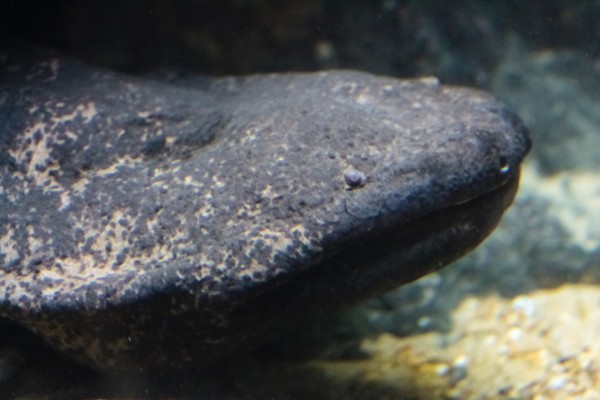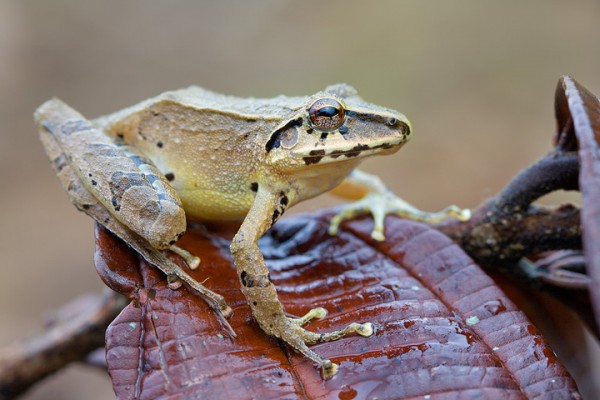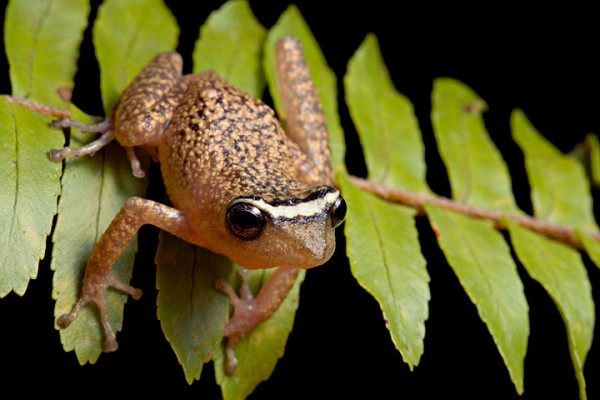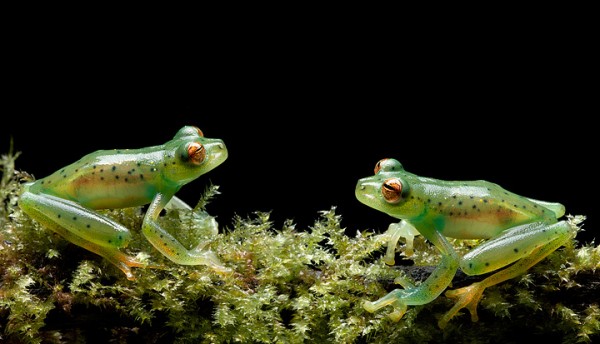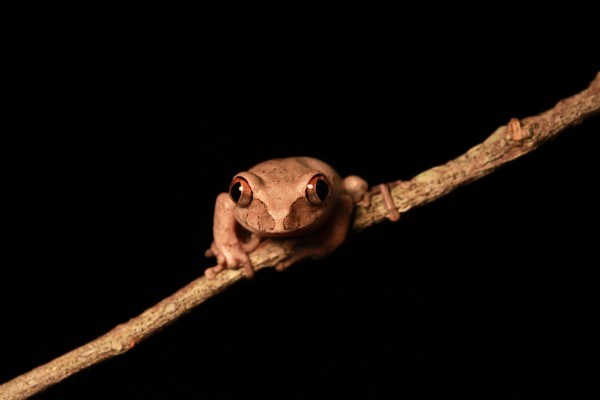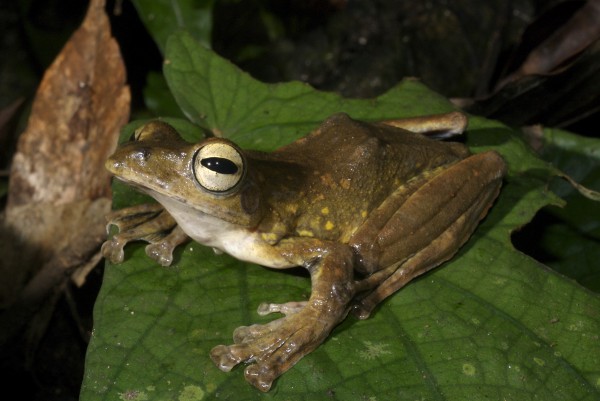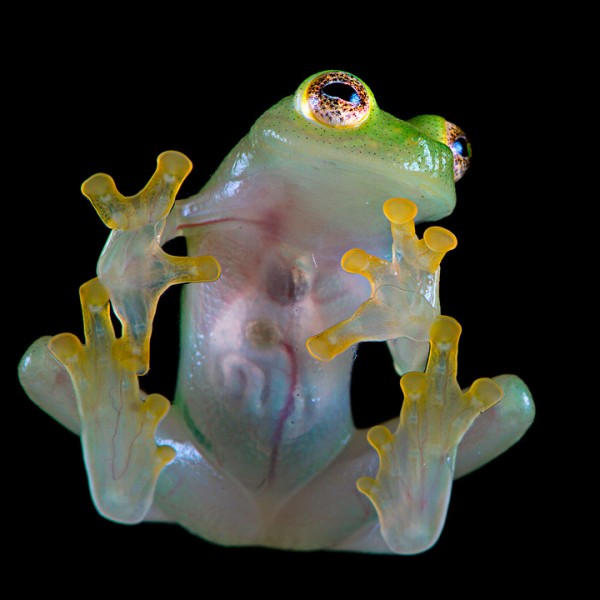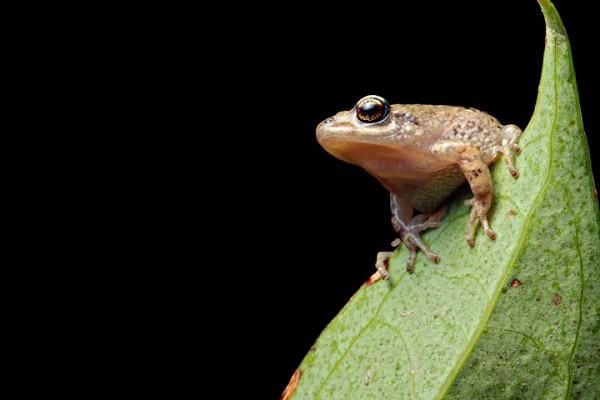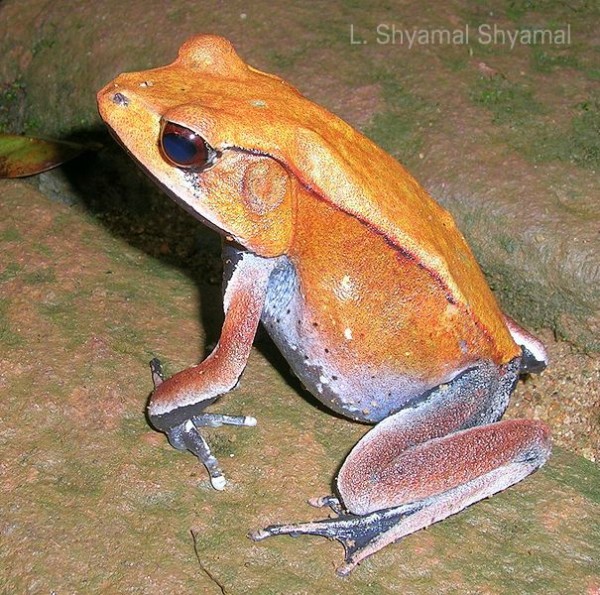Cute Amphibian of the Week: November 19, 2012
The Chinese giant salamander (Andrias davidianus), native to China, is the largest living salamander growing to monstrous lengths of up to six feet. When camouflaged, this species resembles a large rock with its eyes barely perceptible amid its large body. It lives and breeds in large hill streams, usually in forested areas. Interestingly enough, this species has a range of vocalizations with one of them eerily sounding like a child crying, resulting in the nickname “the infant fish.”
These enormous salamanders can weigh as much as a whopping 58 pounds. Commercial overexploitation for human consumption is the main threat to this species, though habitat destruction and degradation also play a role. At the current time the species is listed as critically endangered by the IUCN.
Photo by Silvain de Munck.
Every week the Panama Amphibian Rescue and Conservation Project posts a new photo of a cute frog from anywhere in the world with an interesting, fun and unique story to tell. Be sure to check back every Monday for the latest addition.
Send us your own cute frogs by uploading your photos here: http://www.flickr.com/groups/cutefrogoftheweek/

